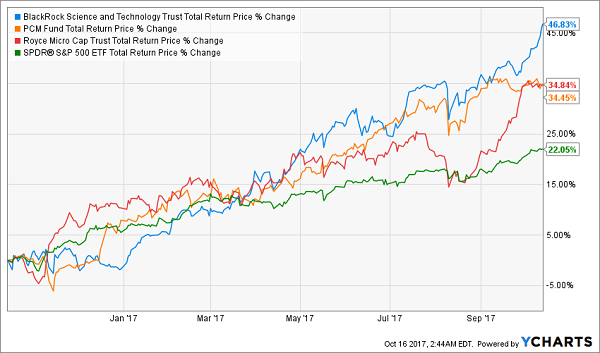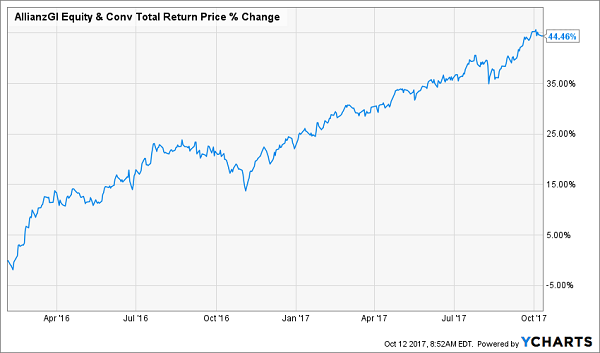With over 500 closed-end funds (CEFs) on the market, how do you choose the best one?
It’s not an easy question to answer, because there are literally dozens of metrics any CEF investor should look at before buying.
Luckily, I’ve found a way to boil those down for you. In a moment, I’ll reveal the 5-point system I’ve carefully designed to pick winning CEFs for our CEF Insider service.
(If you joined me for my exclusive CEF Insider live webcast on October 25, you know about this proven system and you got 2 of my latest CEF investment ideas for 7.1% dividends and double-digit upside in 2018.…
Read more



Recent Comments